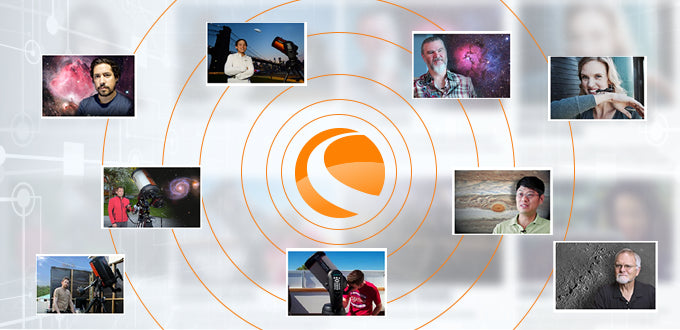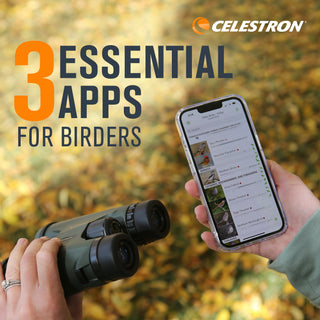Can I use my telescope for astroimaging?
October 8, 2008
Yes. Your telescope can be used in several ways to take photographs of celestial and even terrestrial objects.
1. The most basic way is to use the telescope as a piggyback mount, so-called because the camera will ride piggyback on the telescope. In this type of imaging, the camera lens takes the picture, not the telescope lens or mirror. The telescope acts as a platform and can be used to provide tracking if the scope has been polar aligned.
Not all telescopes come with a piggy back adapter, we sell a piggy back adapter item number 93609. You should check to make sure that it is compatible with your telescope first. . Align the camera in the direction of your subject–generally that will be parallel to the telescope tube’s axis. Move the lock ring up to snug up against the camera bottom. Add a shutter release and the camera is now ready for piggyback imaging.
2. Another basic way is prime-focus photography. For this you need a T-adapter to attach to the scope and a T-ring to attach your SLR camera. A T-adapter with a 1.25” eyepiece barrel is very versatile and will slip into the eyepiece drawtube of most telescopes. Other types of T-adapters with threads are specific to certain types of scopes. The threads on the T-adapter will fit into all T-rings. Since each brand of camera has its own specific thread size or bayonet type, you need to purchase the proper T-ring. Thus, Canon has its T-rings (two of them); Nikon has its own T-rings; Minolta has their own specific rings, and so on. Any camera store will have T-rings for most popular makes. Attach the T-ring to your camera and the T-ring to the T-adapter. Add a shutter release and the camera is now ready for prime-focus imaging. Again, the telescope acts as a platform and can be used to provide tracking if the scope has been polar aligned. Tracking may not be needed for very short exposures of the Sun, Moon and planets.
Important Note: For the Newtonians, the focal plane of the telescope may not be far enough from the tube to allow you to focus with the T-adapter/camera setup you are using. Try using a T-adapter with a built-in Barlow lens (with the lens at the forward end), such as Celestron’s #93640 to extend the focal plane to reach your camera’s imaging plane.
3. A third way is to use a point-and-shoot digital camera with the universal digital camera adapter. Here the camera is held by the adapter behind the telescope’s eyepiece. Attach the adapter’s clamp to the eyepiece drawtube and the camera to the platform on the adapter. You will have to make adjustments to the universal camera adapter to properly position the camera lens in the emerging light beam from the eyepiece and focus it. This is easy to see with the camera’s preview screen. Try different eyepieces in the telescope and zoom settings of the camera to get the view you want.
Updated 12/21/13


























